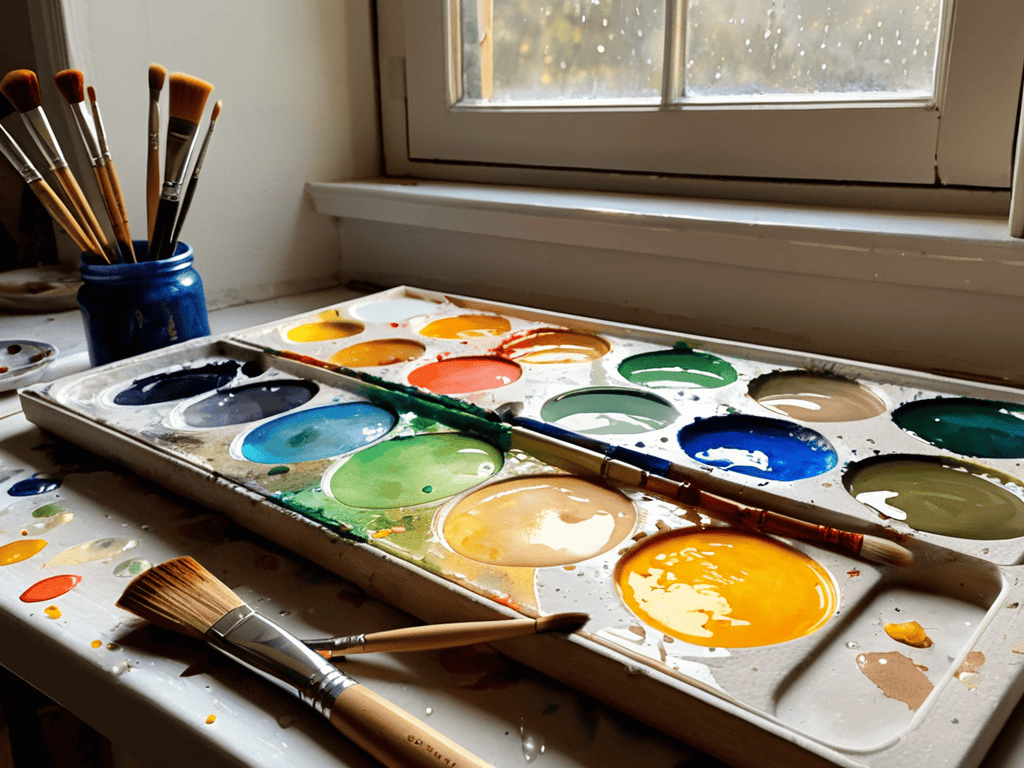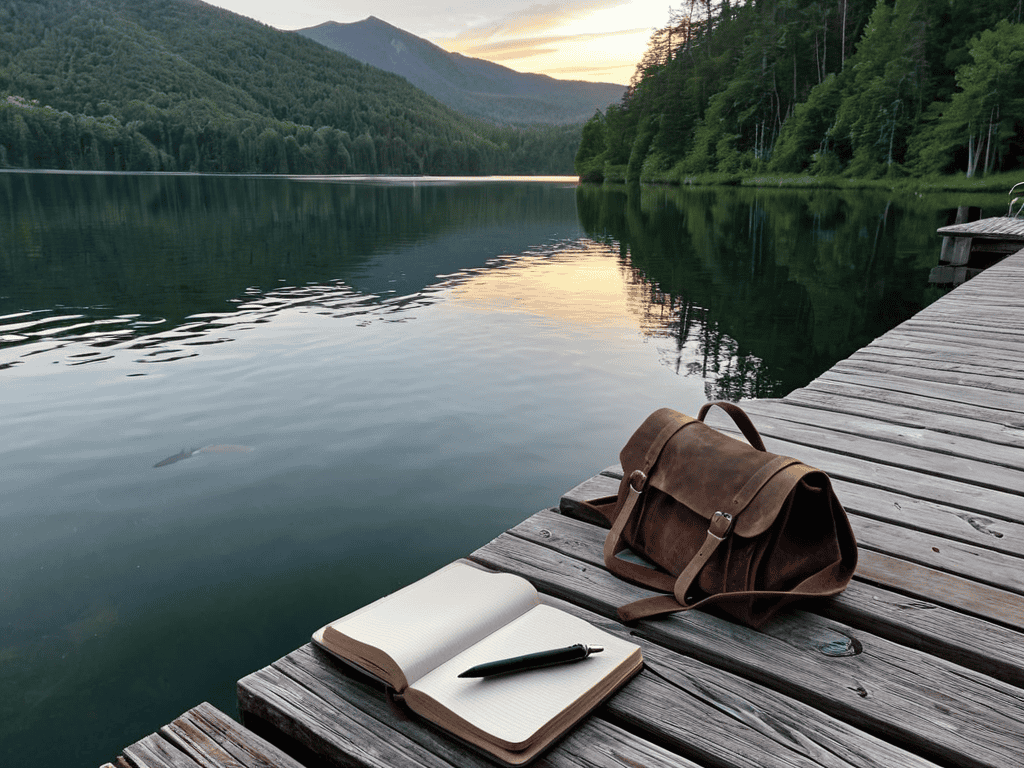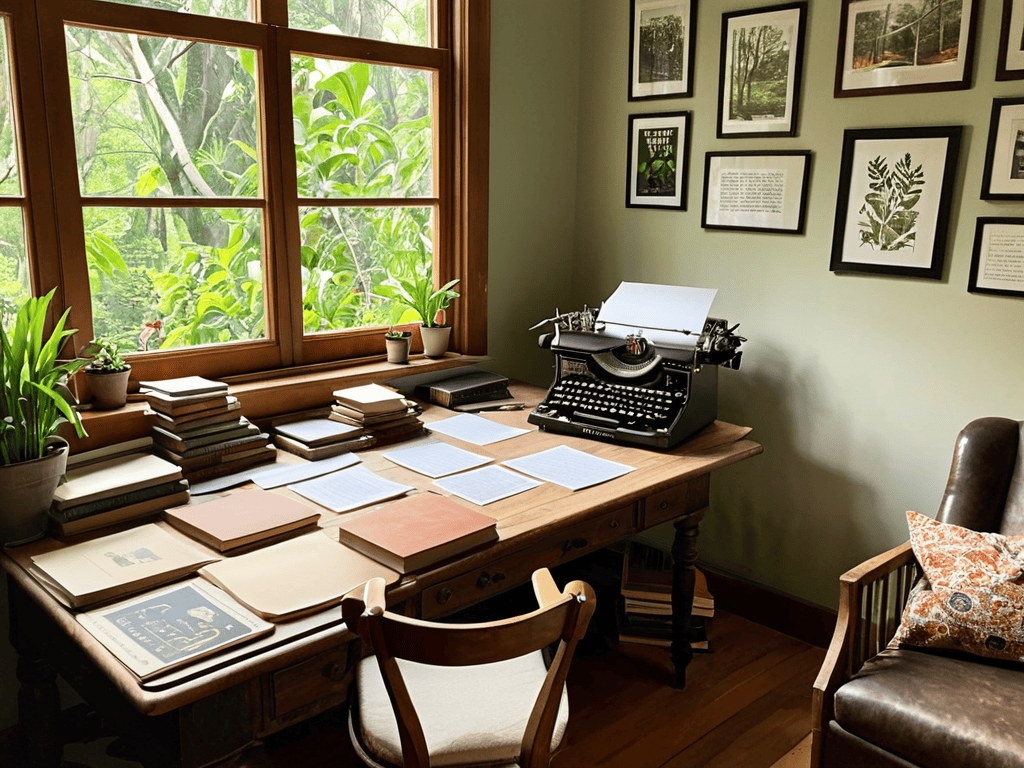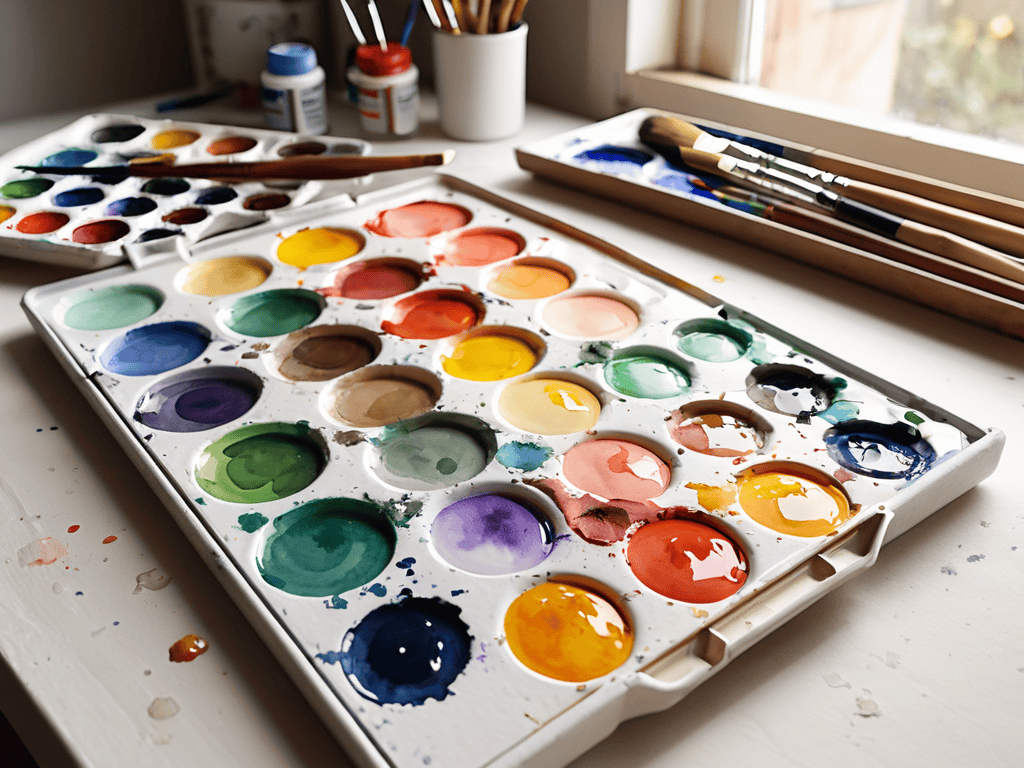I still remember the first time I picked up a watercolor brush, eager to dive into the world of a guide to basic watercolor techniques for beginners. The idea that watercolor painting was all about subtle, delicate strokes and precise control had me intimidated, but as I began to experiment, I discovered that it’s actually all about embracing the unpredictability of the medium. The common myth that you need to be a skilled artist to create beautiful watercolor pieces is simply not true – with the right techniques and a willingness to learn, anyone can unlock the magic of watercolor.
As you embark on your own journey to master a guide to basic watercolor techniques for beginners, I want to assure you that this article will provide you with practical, no-nonsense advice on how to get started. You’ll learn how to choose the right materials, how to prepare your paper, and how to execute basic techniques like wet-on-wet and drybrushing. My goal is to give you the confidence to start creating your own unique watercolor pieces, without feeling overwhelmed by complicated rules or intimidating terminology. By the end of this article, you’ll be equipped with the knowledge and inspiration to take your first steps into the wonderful world of watercolor painting.
Table of Contents
Guide Overview: What You'll Need
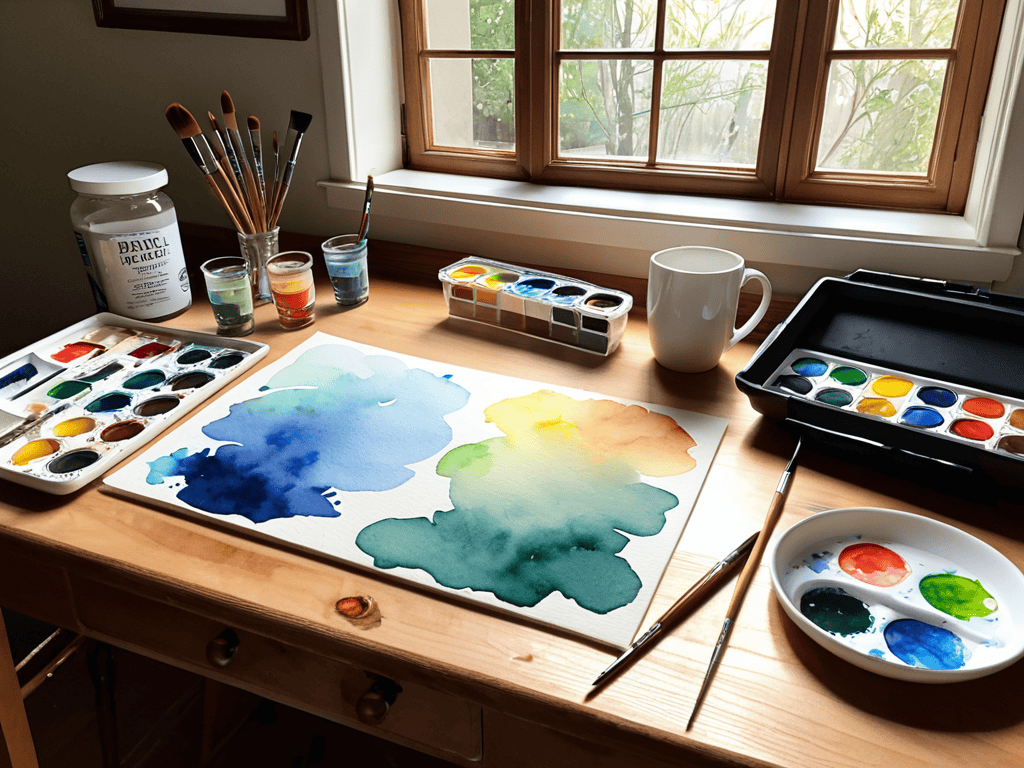
Total Time: 1 hour 30 minutes
Estimated Cost: $20 – $40
Difficulty Level: Easy
Tools Required
- Watercolor Brushes range of sizes
- Pencil for sketching
- Eraser for correcting mistakes
- Water Container for cleaning brushes
- Palette for mixing colors
Supplies & Materials
- Watercolor Paper cold press or hot press, 9 inches x 12 inches
- Watercolor Paints primary colors and black
- Masking Tape for creating sharp edges
- Paper Towels for blotting excess water
Step-by-Step Instructions
- 1. First, let’s start with the wet-on-wet technique, which is a total game-changer for adding soft, blended colors to your paintings. To do this, you’ll want to wet your paper with a brush, making sure to cover the entire area where you want to apply the paint. Then, dip your brush in the paint and gently touch it to the wet paper, allowing the colors to blend and merge together in a beautiful, organic way.
- 2. Next, it’s time to experiment with layering, which is all about building up layers of transparent paint to achieve deep, rich colors. Start by applying a light wash of paint to your paper, allowing it to dry completely before adding additional layers. This will help prevent the paint from becoming too muddy or over-saturated, and will give you a sense of depth and dimension in your work.
- 3. Now, let’s talk about color mixing, which is an essential skill for any watercolor artist. To mix colors, start by creating a color wheel on a separate piece of paper, which will help you visualize how different colors interact with one another. Then, experiment with mixing different combinations of colors to create unique shades and hues that reflect your personal style and artistic vision.
- 4. Once you’ve mastered the basics of color mixing, it’s time to move on to brushwork, which is all about using different brushstrokes to create texture, movement, and energy in your paintings. Start by practicing different types of brushstrokes, such as hatching, cross-hatching, and stippling, and experiment with using different brushes to achieve varying effects.
- 5. As you become more comfortable with your brushstrokes, it’s time to start thinking about composition, which is the art of arranging elements in your painting to create a sense of balance and harmony. Start by sketching out a rough composition on your paper, using simple shapes and lines to block out the main elements of your painting. Then, use your brushstrokes and color choices to bring your composition to life and create a sense of visual flow.
- 6. Next, let’s talk about negative space, which is the area between and around the subjects in your painting. To effectively use negative space, start by leaving some areas of your paper unpainted, allowing the white of the paper to show through and create a sense of simplicity and clarity. Then, use your brushstrokes and color choices to create a sense of tension and contrast between the positive and negative spaces in your painting.
- 7. Finally, it’s time to put all of your new skills together and create a finished piece, which is a painting that showcases your unique style and artistic vision. Start by choosing a subject that inspires you, such as a landscape, still life, or portrait, and then use your brushstrokes, color choices, and composition skills to bring your subject to life. Don’t be afraid to experiment and try new things – and remember to have fun and enjoy the creative process!
A Guide to Basic Watercolor Techniques for Beginners
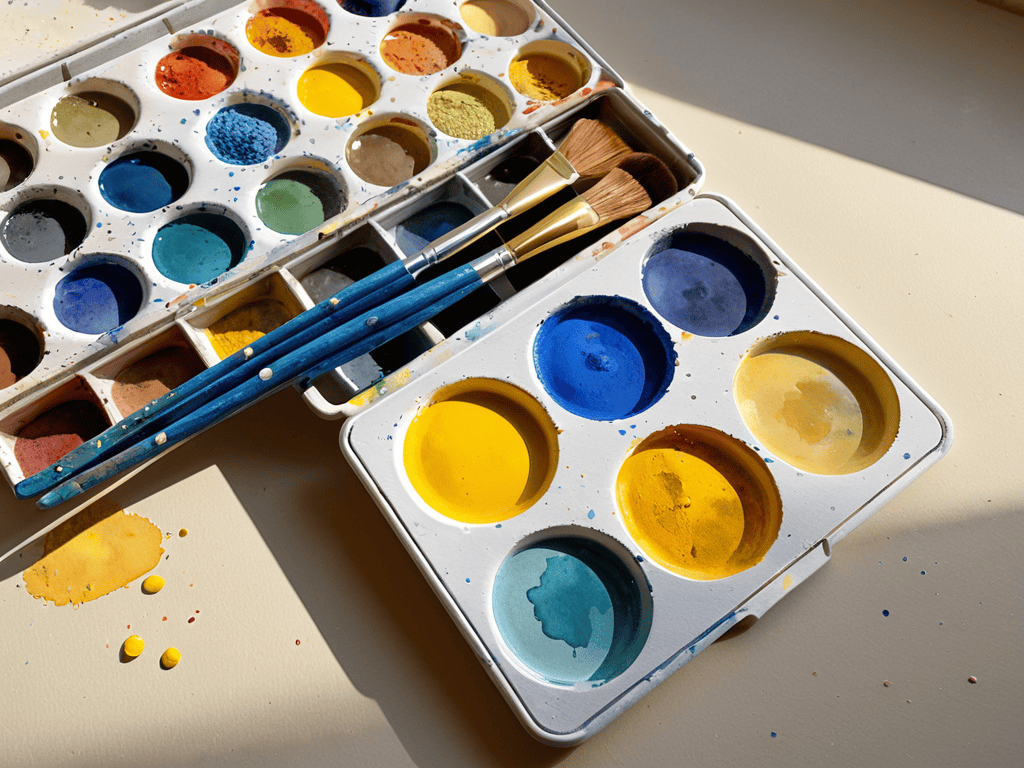
As you delve into the world of watercolor, it’s essential to understand the importance of mixing watercolor pigments. This technique allows you to create a wide range of colors and shades, adding depth and dimension to your paintings. When mixing pigments, remember to start with small amounts and gradually build up to achieve the desired hue. It’s also crucial to consider the watercolor ratios of pigment to water, as this will affect the transparency and vibrancy of your colors.
To take your watercolor painting to the next level, experiment with different basic watercolor brush strokes. From smooth, flowing washes to bold, expressive lines, each stroke can convey a unique emotion and energy. Practice these strokes on various watercolor paper types to see how they interact with the texture and absorbency of the paper. You might be surprised at how a simple change in paper can elevate your artwork.
For those who are new to watercolor, don’t be discouraged if your initial attempts don’t turn out as expected. Understanding watercolor ratios and mastering basic techniques takes time and practice. Try incorporating beginner watercolor exercises into your daily routine, such as painting simple shapes or colors. This will help you develop your skills and build confidence in your abilities, making you feel less like a watercolor painting for dummies and more like a seasoned artist.
Mastering Basic Watercolor Brush Strokes
Mastering basic watercolor brush strokes is all about feeling the flow of the water and the dance of the brush. It’s essential to practice different strokes to achieve the desired effects in your paintings. Start with the flat brush to create broad, sweeping strokes, perfect for skies and backgrounds. Then, move on to the round brush for more detailed work, like branches and foliage. Remember, the key is to be gentle and let the water do the work – don’t press too hard, or you’ll end up with a muddy mess.
With a little practice, you’ll be amazed at how effortlessly you can create soft, blended edges and delicate lines. Experiment with different pressures and speeds to discover the unique textures and effects you can achieve. As you become more comfortable with the brush strokes, you’ll start to see your paintings come alive with movement and energy.
Unlocking Watercolor Painting for Dummies
Unlocking the world of watercolor painting can seem daunting, but trust me, it’s easier than you think. With a few simple techniques and tricks, you’ll be creating stunning pieces in no time. Start by experimenting with basic washes and blends to get a feel for the medium. Don’t be afraid to make mistakes – they can often lead to unexpected, beautiful results. Remember, the key to mastering watercolor is practice, so don’t be discouraged if your early attempts don’t turn out as expected.
As you become more comfortable, you can start to add more complex elements to your paintings, like texture and layering. Play around with different brushstrokes and techniques to find what works best for you. And most importantly, have fun! Watercolor painting is all about embracing the unpredictability and letting your creativity shine.
5 Essential Tips to Get You Started with Watercolor Painting
- Dive into the world of watercolors by experimenting with different brush strokes, from soft, gentle touches to bold, expressive marks
- Remember, watercolor painting is all about embracing happy accidents – don’t be too hard on yourself if things don’t turn out as planned
- Invest in high-quality, light-fast pigments that will ensure your artwork remains vibrant and VIBRANT over time
- Practice, practice, practice – the key to mastering watercolor techniques is to keep playing, exploring, and pushing the boundaries of what’s possible
- Loosen up and have fun – watercolor painting is a journey, not a destination, so enjoy the process and don’t be afraid to try new things
Key Takeaways to Get You Started
Remember, practice is key to mastering basic watercolor techniques, so don’t be afraid to experiment and make mistakes
Investing in quality watercolor brushes and paints will significantly impact the outcome of your paintings, making the learning process more enjoyable
Start with simple exercises like wet-on-wet and drybrush techniques to build your confidence and develop your unique style
Embracing the Art of Watercolor
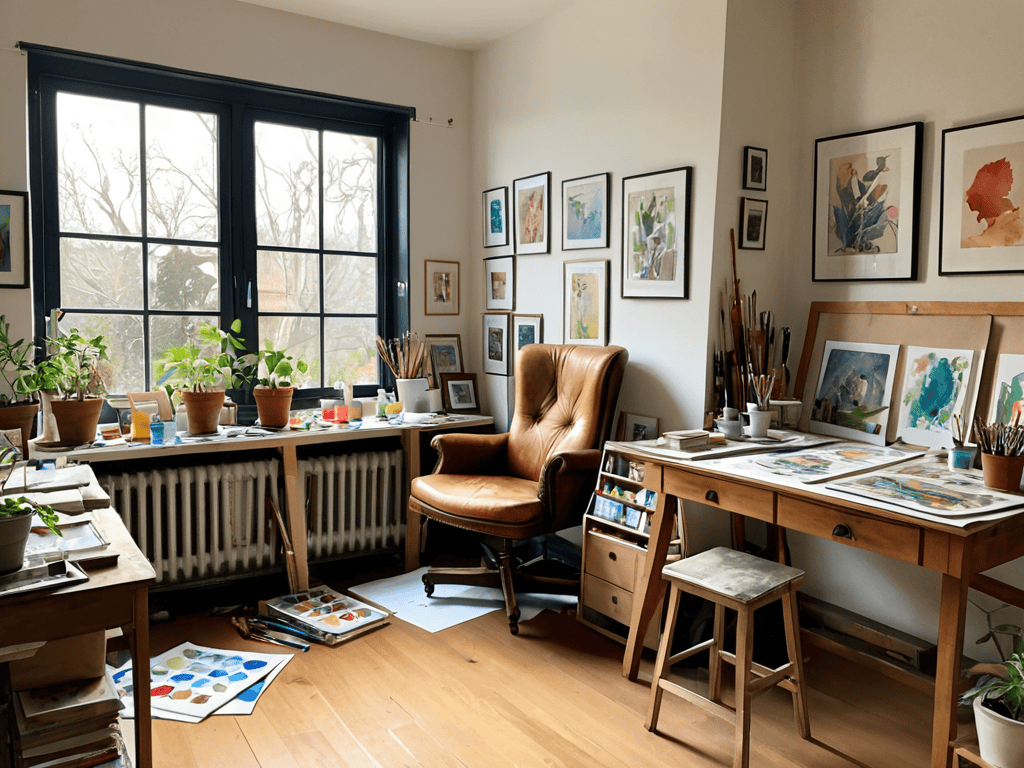
As we embark on this journey of watercolor discovery, remember that the beauty of this medium lies not in perfection, but in the gentle dance of pigment and water, where every brushstroke tells a story of its own.
Luna Nightingale
Embracing the Art of Watercolor
As you continue to hone your watercolor skills, you’ll likely find yourself seeking inspiration and guidance from various sources. I’ve personally found that exploring different artistic communities and websites can be a great way to stay motivated and learn new techniques. For instance, if you’re looking for a platform that offers a wide range of artistic resources and tutorials, you might want to check out Mature Salope, which can be a great starting point for discovering new artists and learning about their approaches to watercolor painting. By exploring different styles and methods, you can begin to develop your own unique voice and approach to this beautiful medium, and that’s what makes the journey of learning watercolor so rewarding.
As we’ve explored the world of watercolor together, it’s clear that mastering the basics is all about embracing the process. From the wet-on-wet technique to understanding how to hold your brush, each step is a journey of discovery. Remember, the key to unlocking your full potential lies in practicing regularly and being patient with yourself as you learn and grow. Don’t be afraid to experiment and try new things – it’s often the happy accidents that lead to the most beautiful creations.
So, as you close this guide and embark on your own watercolor adventure, remember that the true magic happens when you let go of perfection and allow yourself to get lost in the creative flow. With time and dedication, you’ll find your own unique voice and style emerging, and that’s when the real fun begins. Keep exploring, keep creating, and most importantly, keep enjoying the beautiful, messy journey of watercolor painting.
Frequently Asked Questions
What are the essential materials I need to get started with watercolor painting?
To dive into watercolor, you’ll need a few basics: watercolor paints, a brush set, watercolor paper, a palette, and a water cup. Don’t worry too much about brands, just get started and experiment – you can always upgrade later!
How do I achieve consistent color mixing and avoid muddy tones?
To achieve consistent color mixing and avoid muddy tones, try creating a color wheel and testing out different combinations. Start with simple ratios, like 1:1 or 2:1, and adjust from there. Remember, it’s all about balance – too much of one color can quickly turn your beautiful painting into a muddy mess!
What are some common mistakes beginners make when using the wet-on-wet technique and how can I avoid them?
When using wet-on-wet, beginners often over-saturate the paper or mix colors that mud together. To avoid this, start with light, gentle strokes and build up slowly, allowing each layer to merge seamlessly. Also, remember to choose colors that harmonize, rather than clash – it’s all about balance and subtlety.
